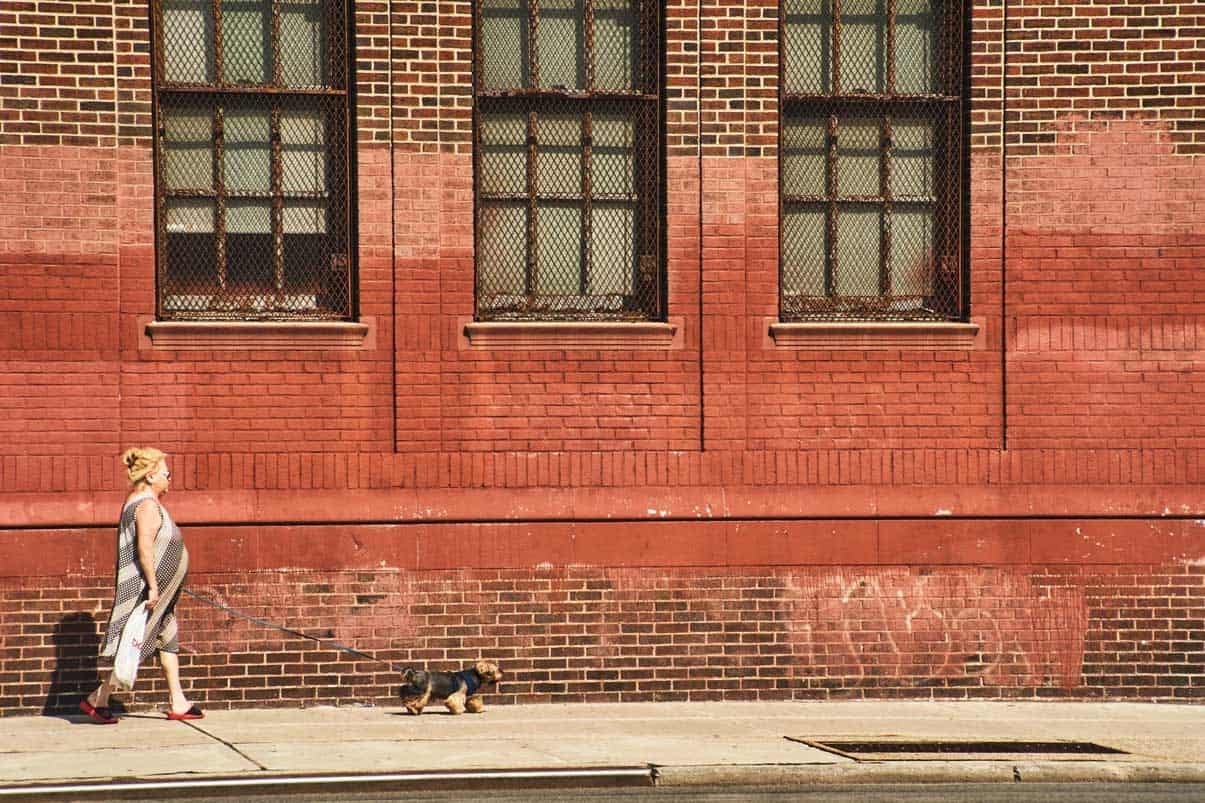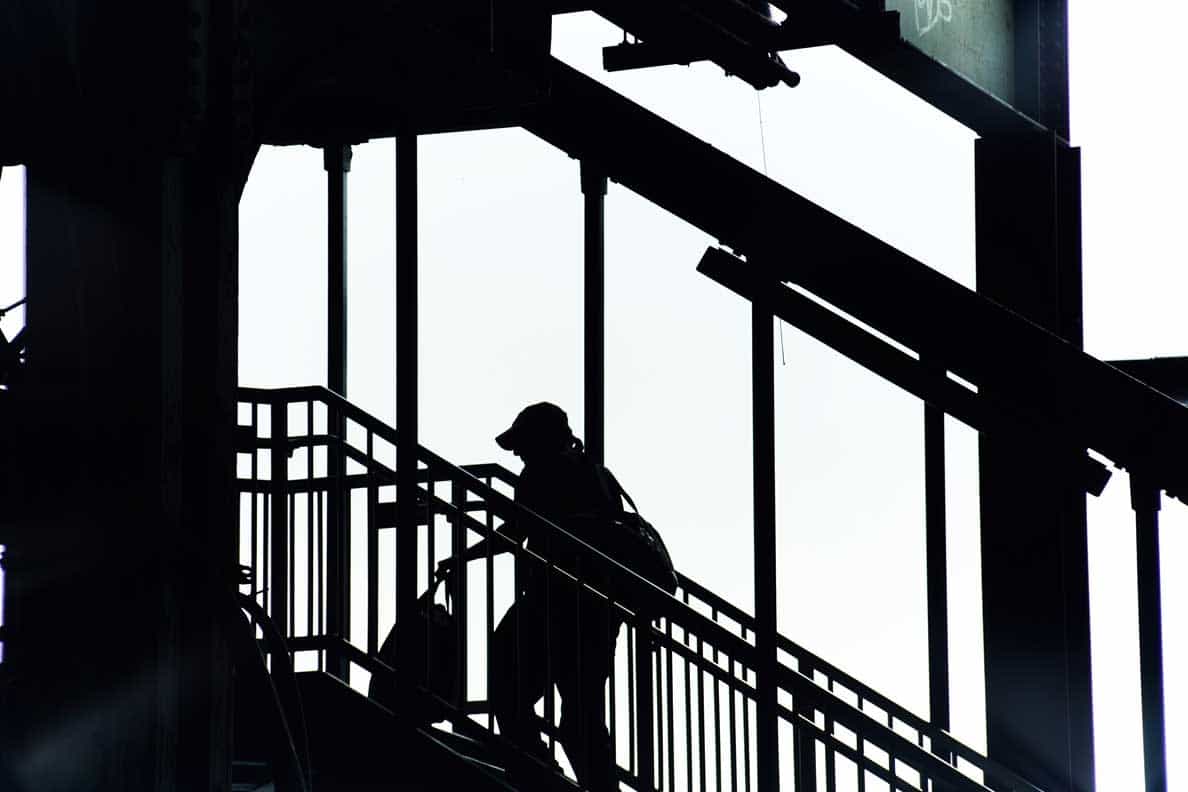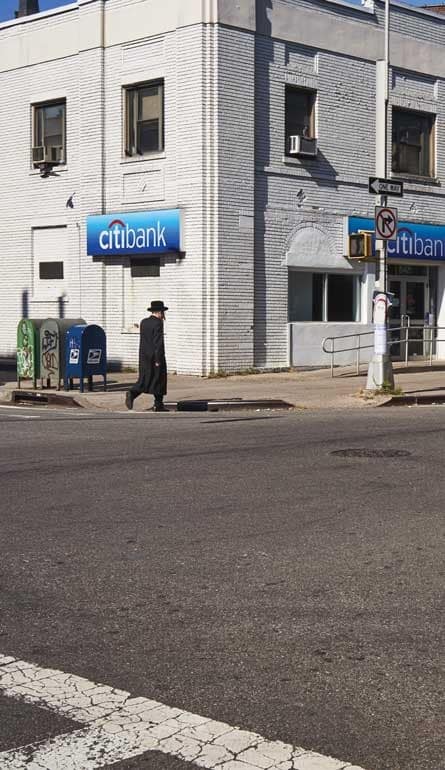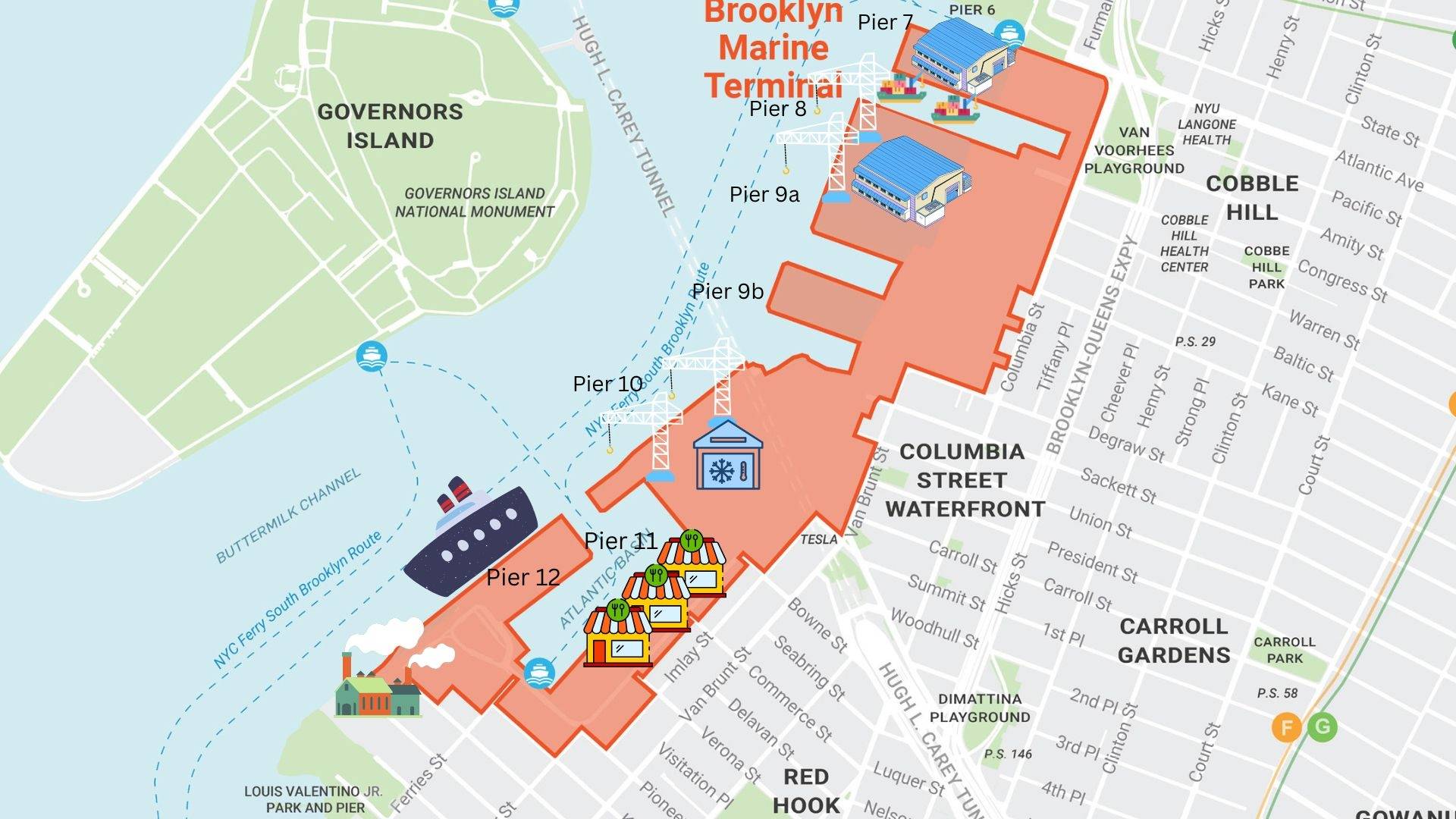
Andrew White is a photographer, videographer, musician, graphic designer, and multi-media producer from New Zealand
Being from another country but having lived in New York for many years, his photography allows him a unique perspective on American life. He has both the objectivity of an outsider and the intimate vision of an insider.
White’s expertise in graphic design gives him a strong eye for abstraction, which can be seen in his pictures of architecture. But he is just as interested in poetic moments like swans on the lake in Prospect Park. In terms of equipment, White is just at home shooting with an iPhone as with an SLR (Single Lens Reflex) camera.
I came to know Andrew through the world of music but he has many other talents as well. He possesses a dry humor and quick wit.
RHSR: Where are you from originally?
AW: I was born and raised in New Zealand, spending my childhood in the well-known tourist destination Rotorua (complete with active geysers) and then moving to the ‘big smoke’ of Auckland city to further my career.
How long have you been taking photos?
AW: Although my dad wasn’t a photographer, he had a Kodak Box Brownie that was only really used on vacations. I was interested in that camera but being very young at the time, I never figured it out. When I was nine years old, I was given a 110-film camera and took quite a lot of photos with it, setting up scenes and photographing them.
After that I played around with a borrowed 35mm SLR camera in the late ‘80s and took a bunch of moody B&W stuff, eventually getting my own 35mm compact camera which I shot music and travel with. I was also working as a graphic designer and I operated a process camera that was used to produce press-ready copy. This was in the days before computers and I spent a lot of time in a dark room. That camera was also an opportunity for me to manipulate prints of photos I had taken. As a graphic designer, and then art director, I was involved in a lot of photo shoots utilizing professional photographers. In those situations, I was happy to leave the photographic process to the ‘pros’ and direct.
In the early 2000s I moved on to digital cameras which opened up more creative avenues for me, but wasn’t until the advent of the iPhone that I became serious about photography. The fact I now had a camera with me at all times, in the form of a phone that had some cool photography apps, led me to start shooting at every opportunity. The resolution wasn’t great, but it was fun and creatively inspiring. From that point on photography became a big part of what I did.

What do you focus on?
AW: I’m interested in shooting everything. Street, documentary, architecture, portraits, concepts, live music, landscapes, nature – you name it. Being in New York City means street photography is a given – there is great material available to you every minute of the day. My graphic design background means I’m able shoot to a brief or a concept and as a musician I have a natural way of photographing live performances. I’m also very interested in documenting the city. As photographers we can take a snapshot of a place, a sign, a building, people. These become important records of a changing city.
What inspires you as a photographer?
AW: The fact that you can never take enough photos. It’s always exciting. If you walk out the door with your camera you never know what you’ll come across. Add to that the particular time of year, the weather, time of day, the light and the location – it’s all served up to you and you have to be a ready to take it on and shoot it! Equally as exciting as taking the photos is coming back home and looking at your results, finding the best shots and those unexpected gems. The editing process can be almost like taking the photograph again, reviewing your composition and finessing to get it exactly how you want it. Then you have the final part of the process – the end-result, your vision, a finished photograph.

What kind of gear do you use and is that important?
AW: I’m still a believer that “best camera is the one you have on you”. Of course, a better camera will give you a better technical result but it doesn’t automatically make you an artist. Some amazing photographs have been shot with minimal gear, just like some great records have been made on a four-track tape machine. I can attest to this, being a photographer that has used a ‘cell phone’ to take photos for nearly a decade. I’ve taken some pretty fine photos just with an iPhone! I’ve recently moved up to a state-of-the-art full-frame mirrorless camera that I (ironically) mainly pair with vintage manual lenses from the 60s to the 80s. This has given me an opportunity to shoot in ways that a smart phone currently cannot. That said, I still shoot with my iPhone every day – because I always have it with me!
Did you ever shoot film and if so, what’s your take on the digital revolution?
AW: I haven’t shot film since the early 200’s. As a musician who loves analog equipment I totally ‘get’ film, but having both a digital photography workflow alongside digital video and music production is something I find is more productive for me.
Do you exhibit? How and where can people find or buy your work?
AW: I have exhibited a lot of my iPhone photography in dedicated ‘mobile photography’ shows from Miami to Moscow. More recently I’ve shown work at small galleries and shows in NYC with limited edition prints. People are often amazed that a shot taken on an iPhone can be enlarged, printed and shown in a gallery. Several of these works can be seen on my website and I post work daily to Instagram.
You’re also a musician, videographer, graphic designer, and producer. Am I missing anything?
AW: No that’s all correct although I’m also a husband, dad, cat ranger, and often inventor of ‘dad jokes.’
What’s the relationship between music and visual arts? Does one feed the other?
AW: Totally. Without music, a film or TV show becomes lifeless. Alternatively, a visual can bring a piece of music alive. People love to see live music for the aspect of people performing; photographers love to capture those live moments and those who go to the shows love to look back at the photos of that experience. Album cover art reflects the style of the music held with the digital file or vinyl record. Promotional photography establishes the look of a musical artist. A music video solidifies an artist’s music and lyrics with a visual story. Photography and video can document the process of a band or artist’s journey form nobodies to megastars. Or just documents the fact they are nobodies! These things are all constantly feeding off each other.

Tips for aspiring photographers and creatives?
AW: The main thing is to find your own voice, your own vision and to move at your own pace. Particularly with social media, you can get caught up in comparing yourself to other artists and that can be discouraging. All artists are at different stages so don’t get discouraged – just keep on working on your thing, your way. Collaborating with other artists can also be a good way of maintaining creative energy and moral support. Love what you do and give it your best!
To see and hear more of Andrew’s work, check him out online at www.andrewbwhite.com









